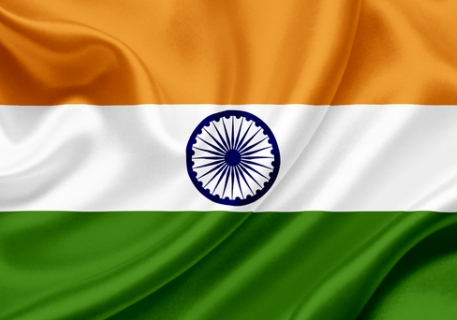Politics, Economy Limiting India-Pakistan Trade Growth, Officially, That Is

India and Pakistan have a long history of conflict, though they do see the benefits of international trade between the two counties. A new report by the SAARC Chamber of Commerce and Industry points to improvement in their relations, but politics and suspicion overriding economics is impinging on its growth potential. PYMNTS.com explores the report’s findings and the issues affecting trade between the two nations, including the high rate of smuggling that continues today.
Border tensions between India and Pakistan have not curtailed growth in trade between the two nations, but their relationship has yet to reach its projected full trade potential. In fact, it has a long way to go, as economic and political tensions are affecting trade expansion, a new report suggests.
Released by the South Asian Association for Regional Cooperation Chamber of Commerce and Industry, the report suggests trade between the two countries ideally should reach US$12 billion, but it currently stands at $2.4 billion. That’s a big improvement, however, from just 20 years ago, as bilateral trade was just $132 million until 1995.
Since 1996, after India granted Pakistan Most Favored Nation status, trade has slowly increased between the two countries, boosting it to $180 million almost immediately, according to the report. Tensions between the two countries continue, as political and economic reasons have held back Pakistan granting similar status to India.
However, Pakistan has increased its list of tradable items to 600. Currently, of the total 7,200 tariff lines, some 1,209 items are on the negative list, the report notes. And while their official trade has improved $2.4 billion, informal trade between the two countries is much higher.
“They indulge in informal trade to the tune of $13 billion per annum through avenues like cross-border smuggling and personal baggage,” the study notes. “Their formal trade potential is estimated at USD 12 billion,” it said.
Increased trade activities between the two countries would help Pakistan the most because its gross domestic product would receive a 2 percent boost over the next three years. Moreover, exports to India will rise to 250 billion rupees (US$4.1 billion) rather quickly, representing a 733 percent boost from 30 billion rupees currently, reportsExpress Tribune, which said the only period when trade ties were almost negligible was between 1965 and 1971 because of the wars between the two countries.
Pakistan also could save 100 billion rupees in goods imports from India that now are sourced from other countries, mainly because of low transportation costs, the study said. Moreover, inexpensive raw material imports from India also could help boost exports of finished goods to 200 billion rupees, it said.
“As the size of formal trade increases, the volume of illegal trade will definitely decrease, which could generate additional revenue for Pakistan,” the study suggests.
Many business groups, especially in agriculture, pharmaceutical and auto sectors, remain cautious, despite the trade-growth potential between the two countries, because they do not want trade at the expense of domestic industry, reportsThe Economic Times, which suggested the groups would prefer a level playing field “before opening the country’s markets to equip themselves to compete in the much bigger economy of India.”
Trade between the two counties not reaching its full potential is impending growth in South Asia’s exports to the rest of the world in addition to regional expansion of trade, according to the study.
The Economic Times reports that Pakistan and India account for more than 90 percent of South Asia’s GDP. Intra-regional trade amounts to just over 1 percent of the region’s GDP compared with 2.7 percent for the Middle East and Africa and 7 percent for Latin America and East Asia. The rate for Europe and Central Asia is 16 percent, according to the news source.
